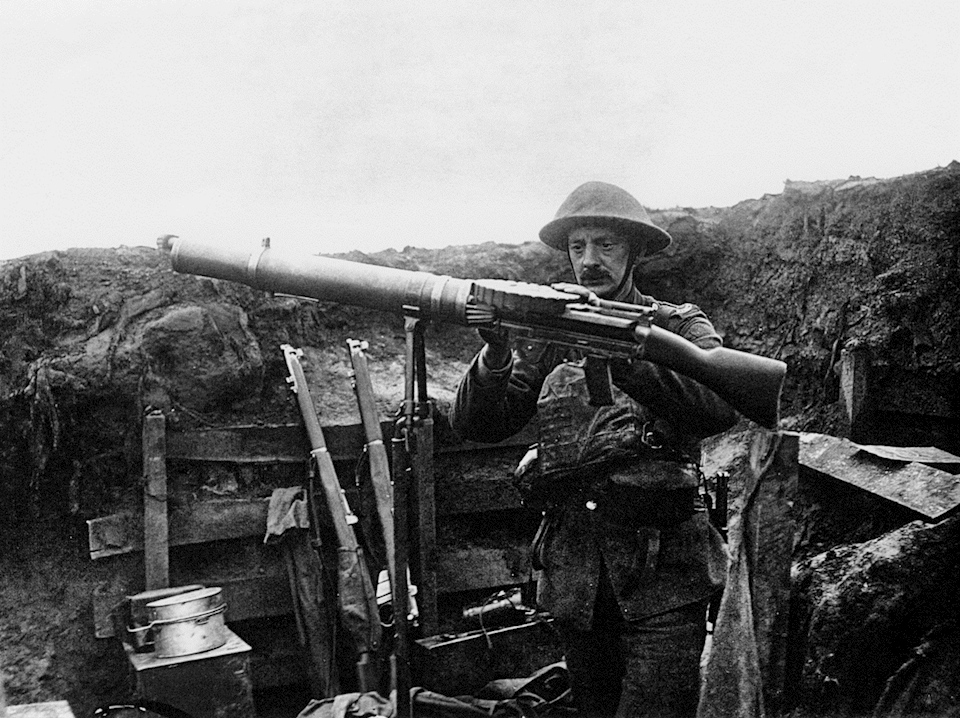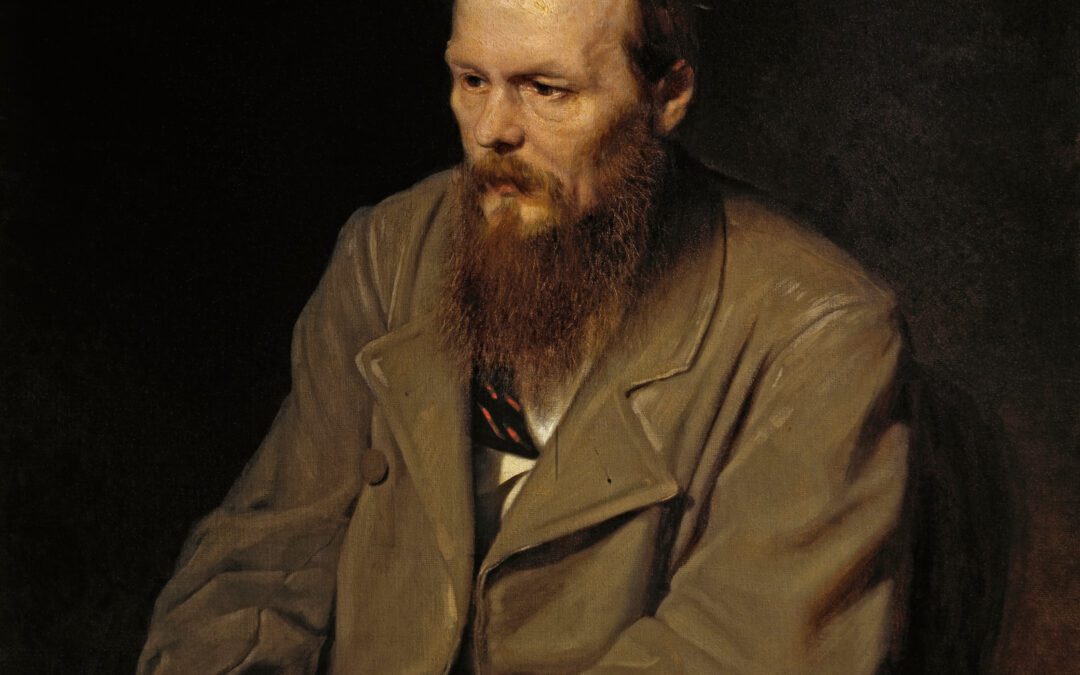The following short paper was delivered at the international virtual symposium ‘D. H. Lawrence: Distance and Proximity’, which was held 10th-14th July 2021 in substitute for the 14th International D. H. Lawrence Conference ‘Lawrence’s 1920s: North America and the “Spirit of Place”‘, which is to be held in Taos New Mexico and which was deferred by the Coronavirus pandemic first from 2020 to 2021, and then from 2021 to 17th-22nd July 2022. The panel of which this paper was part was entitled ‘Modernity as attraction and repulsion for Lawrence’. The paper is also to be published in the Journal of D. H. Lawrence Studies Online in October 2021.
LAWRENCE AND GUNS
Wenn ich Kultur höre … entsichere ich meinen Browning!” “Whenever I hear [the word] ‘culture’… I take the safety catch off my Browning!” Thus a character in Hans Johst’s 1933 play Schlageter, though often attributed in modified form to Hermann Göring.
It’s tempting to say that whenever Lawrence heard the word ‘gun’ he reached for his sense of the living universe. But the power of modernity which has grown from of the barrel of a gun (Mao, 1927) ever since they were invented not only roused Lawrence’s sense of revulsion.
He showed a range of attitudes towards them over his career, and these were mirrored by his metaphorical references – from the negative ‘talk [which] went on like a rattle of small artillery’ at Breadalby, to telling his readers to ‘let the old guns’ wielded by the likes of the idealist Melville rot, in order to ‘Get new ones, and shoot straight’.
Now there are guns and guns, as those Americans who call for restrictions specifically on automatic and semi-automatic rifles acknowledge. And Lawrence seems to have felt something of the same.
What he’s horrified by in his August 1914 Guardian article ‘With the Guns’, as extrapolated into a call for the outright abolition of guns in his 1918-20 essay ‘Education of the People’ and his and his 1921-22 ‘Memoir of Maurice Magnus’ are the long range military guns of which the men are extensions (‘as the butt is part of the rifle’), rather than guns extending men. These shoot towards an unseen, unknown, unhated, agglomerated and passive enemy, and the action of firing has indeterminate moral status according to whether or not it meets its mark, as is never known. Quote ‘It is so unnatural as to be unthinkable. Yet we must think of it’ – as, arguably, we must today think about those developments in drone warfare which Lawrence would have condemned still more strongly and for the same reasons. ‘Education of the People’ by contrast enjoins ‘fencing … wrestling … jiu-jitsu, every form of fierce hand to hand contest’. Moreover the 1924 essay ‘Pan in America’ laments man’s murder of Pan through his creation of ‘engines or instruments which should intervene between him and the living universe, and give him mastery’, and this includes hunting guns.
And yet, ‘we cannot return to the primitive life… and hunt with bows and arrows’, ‘And even a white man’, if he is ‘a born hunter, must fall into the Indians’ state’ of ‘weird psychic connection between hunter and hunted.. Gun or no gun!’ – because this connection enchants the prey into victimhood, so that ‘Arrow [or] bullet, it flies like a movement of pure will, straight to the spot.’
Certainly, Lawrence himself is personally reluctant to use guns, as we see when he hesitates to kill a porcupine, and Mellors is reluctant to shoot owls, and Ursula says she couldn’t pull the trigger of the emptiest gun in the world if someone was looking down its barrel. By contrast it’s the Cain-like Gerald who lusts to join the soldiers shooting the miners. As those of you who have heard me speak about Lawrence and veganism will know, I believe that his passional being resisted shooting, and that it was his more intellectual and conscious self that approved the idea of doing it in certain circumstances. But through researching this paper I’ve come to realise that his non-resistance to guns goes a little deeper than that.
We see it in his depiction of Mellors, who is scarcely ever seen without his gun, so that it appears as an extension of him. His first appearance is, quote, as ‘A man with a gun’. Connie is alerted to his proximity by the gun’s report, and she recognises his silhouette by its presence at his side; he lays it down to have sex and picks it up again afterwards, and though his phallus is generally non-violent, his gun is not free of phallicism. Moreover he tells Connie he would shoot the Berthas and Cliffords of this world ‘with less qualms than I shoot a weasel’.
But Lawrence nowhere lays such positive emphasis on the gun as in his 1918 novella ‘The Fox’.
Here Nellie is the household’s misfiring and inhibited gun-wielder until Henry enters and takes over, enriching their larder with rabbits and wild ducks. Thereafter he becomes a hunter of March. It is with a freshly-shot rabbit dangling in his hand that he first thinks of marrying her. Thereafter he meditates that he must catch her ‘as you catch a deer or a woodcock when you go out shooting.’ His methodology is that reprised six years later in ‘Pan in America’ – one of psychological control over the pray: ‘The bullet’s flight home is a sheer projection of your own fate into the fate of the deer’, and he likewise acquires March, even though she is initially ‘suspicious as a hare’, and his first refused proposal elicits his reflection: ‘He had missed’. When Banford hears of the engagement she looks ‘like a bird that has been shot’. On the pretext of going to shoot the male fox’s mate he obtains a private conversation with March, and her consent to marry him soon. When he hews down the tree he exerts the same mind control over Banford as he did when hunting March. When he disingenuously warns her to move she jeers that he can’t hurt her with his axe, but she has not taken into account his distance weapon; in this case the tree replaces the gun. Afterwards ‘he watched with intense bright eyes, as he would watch a wild goose he had shot.’
Even this novella is not without the deeply Lawrencian revulsion from killing, as we see when Henry shoots the fox of which he is the avatar. But overall this novella and other of Lawrence’s works support the NRA’s argument that it isn’t guns that kill people, it’s people – that is, hand guns are value-neutral, they are what modernity gives us and we can’t uninvent them. What matters is the spirit in which they are used.




